



Ross and Cromarty | 1608
Redcastle lies on Beauly Firth (northwest of Inverness) in the parish of Killearnan, County Ross. The original castle was built in various stages, dating from the 12th century, when King William the Lion’s brother erected it to subdue local rebels. However, the rebels besieged and captured the castle in 1211.
Then around 1296, the English army of King Edward I besieged and captured Redcastle once again.
Redcastle eventually became a Fraser stronghold, then later came under the control of a branch of the Douglas family. The Douglas dominion over Redcastle ended in 1455 with the fall of the Black Douglases, and Redcastle was forfeited to the Crown. In 1481 the lands and lordship of Ardmeonach (also known as the Black Isle) were granted to James Stewart, second son of King James III. Ardmeonach included the lands of Redcastle.
His third son Rorie inherited ‘the lands of Redcastle with the lordship of Ardmeonach’. Rorie acquired other lands in the vicinity which were, in 1608, erected into a barony.
The McKenzies of Redcastle were staunch supporters of the House of Stuart and were Royalists during the Wars of the Three Kingdoms (1638-1651). Roderick McKenzie, 3rd of Redcastle, was among the leaders of the Royalists in the northern Highlands.
(Crowned at Scone on 1 January 1651), and Roderick and other local Royalists captured the Covenanter burgh of Inverness. They were later repulsed by a Covenanter army led by David Leslie, 1st Lord Newark. The Covenanters later largely destroyed Redcastle, which was rebuilt later that century by Colin McKenzie of Redcastle (heir to his father Roderick). In 1680, King Charles II reconstituted Redcastle as a burgh of barony which extended the legal rights to include being a trading port.
A Crown Charter was issued confirming the lands and Barony of Redcastle to James Grant of Sheuglie (County Ross). After three members of the Grant family held Redcastle, the barony was reassigned in 1828 to Sir William Fettes. He died without issue, and his trustees reassigned it to Colonel Hugh Baillie of Tarradale (Lord Lieutenant of Ross-shire from 1843 until his death and 14th to hold the Barony of Redcastle). In 2016 the trustees for the 18th Baron reassigned the Barony of Redcastle to Janet Beale of Sydney, Australia.
(The Macraes of Kintail were the Mackenzies' ‘shirt of mail’.) Thus the barony has, in a sense, returned to its original roots.






Ross and Cromarty | 1608
Redcastle lies on Beauly Firth (northwest of Inverness) in the parish of Killearnan, County Ross. The original castle was built in various stages, dating from the 12th century, when King William the Lion’s brother erected it to subdue local rebels. However, the rebels besieged and captured the castle in 1211.
Then around 1296, the English army of King Edward I besieged and captured Redcastle once again.
Redcastle eventually became a Fraser stronghold, then later came under the control of a branch of the Douglas family. The Douglas dominion over Redcastle ended in 1455 with the fall of the Black Douglases, and Redcastle was forfeited to the Crown. In 1481 the lands and lordship of Ardmeonach (also known as the Black Isle) were granted to James Stewart, second son of King James III. Ardmeonach included the lands of Redcastle.
His third son Rorie inherited ‘the lands of Redcastle with the lordship of Ardmeonach’. Rorie acquired other lands in the vicinity which were, in 1608, erected into a barony.
The McKenzies of Redcastle were staunch supporters of the House of Stuart and were Royalists during the Wars of the Three Kingdoms (1638-1651). Roderick McKenzie, 3rd of Redcastle, was among the leaders of the Royalists in the northern Highlands.
(Crowned at Scone on 1 January 1651), and Roderick and other local Royalists captured the Covenanter burgh of Inverness. They were later repulsed by a Covenanter army led by David Leslie, 1st Lord Newark. The Covenanters later largely destroyed Redcastle, which was rebuilt later that century by Colin McKenzie of Redcastle (heir to his father Roderick). In 1680, King Charles II reconstituted Redcastle as a burgh of barony which extended the legal rights to include being a trading port.
A Crown Charter was issued confirming the lands and Barony of Redcastle to James Grant of Sheuglie (County Ross). After three members of the Grant family held Redcastle, the barony was reassigned in 1828 to Sir William Fettes. He died without issue, and his trustees reassigned it to Colonel Hugh Baillie of Tarradale (Lord Lieutenant of Ross-shire from 1843 until his death and 14th to hold the Barony of Redcastle). In 2016 the trustees for the 18th Baron reassigned the Barony of Redcastle to Janet Beale of Sydney, Australia.
(The Macraes of Kintail were the Mackenzies' ‘shirt of mail’.) Thus the barony has, in a sense, returned to its original roots.
The Baroness of Redcastle and her heir apparent. (Courtesy Baroness of Redcastle)








Contact
Forum for the Scottish Baronage, c/o Brodies LLP, Capital Square, 58 Morrison Street, Edinburgh EH3 8BP, Scotland UK
Copyright
Copyright 2022, Forum for The Scottish Baronage, as a collective work, all additional rights to content contributed and/or licensed contained herein are expressly reserved to such contributors and licensors as independently owned and protected copyrighted works.

